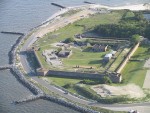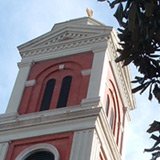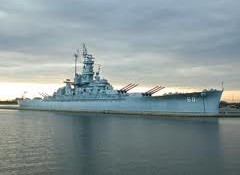Mobile Alabama
David Wayne Trippe
|
Give A Little Credit Where Credit Is Due
David Wayne Trippe
Up and coming Singer/Songwriter David Wayne Trippe has been involved in Live Performance since 1976. Over the years, he has worked with companies such as Tate Publishing, Giant Records and Integrity Music. He has recorded with David Huff (David and the Giants) and Steve Grisham (The Outlaws) and has shared the stage with Whitecross, New Song, Russ Taff, David and the Giants, Phil Driscol, Lulu, Rusty Goodman and other legends of Gospel and Inspirational Music. He has written or co-written several Christian Songs that have received Radio airplay with success. He began to try his hand at writing Country Songs in 2003, in which several were forwarded to Established Artist.






